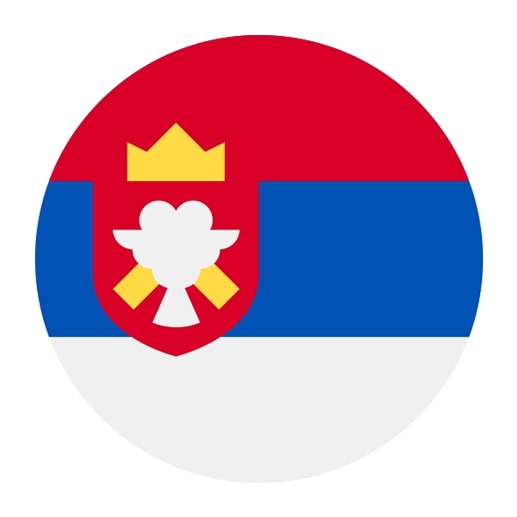Serbian Grammar
Begin your adventure into the Russian language and open doors to a rich culture and history. Mastering Russian grammar and vocabulary will enhance your travel, career, and communication opportunities. Start learning Russian today and take the first step toward fluency!
Get started
The most efficient way to learn a language
Try Talkpal for freeSerbian Grammar: Unraveling the Intricacies of the South Slavic Language
Calling all language enthusiasts and Balkan aficionados! Have you ever considered diving into the world of Serbian grammar? Serbian, a South Slavic language, is the official language of Serbia and one of the official languages of Bosnia and Herzegovina. With about 9 million native speakers, this intriguing language shares similarities with Croatian, Bosnian, and Montenegrin but boasts distinctive features that set it apart. In this article, we’ll explore the fascinating aspects of Serbian grammar.
The Dual Alphabet: Cyrillic and Latin
One of the first things you’ll notice about Serbian is its use of two alphabets: Cyrillic and Latin. The Serbian Cyrillic alphabet, with 30 letters, was standardized by linguist Vuk Karadžić in 1818 and is the official alphabet of the country. However, the Latin alphabet, also consisting of 30 letters, is widely used, especially for digital communication and informal contexts. The use of two alphabets gives Serbian a unique, versatile character.
The Building Blocks: Nouns, Pronouns, and Cases
Like other Slavic languages, Serbian grammar revolves around inflection, where words change their endings according to their grammatical function. This is most apparent in nouns, pronouns, and adjectives. Serbian has seven cases:
1. Nominative – indicates the subject of a sentence
2. Genitive – shows possession, object of negation, or partitive meaning
3. Dative – marks the indirect object
4. Accusative – signifies the direct object
5. Vocative – used for addressing or calling someone
6. Instrumental – expresses the means or method of an action
7. Locative – specifies location or object of certain prepositions
Serbian nouns have three genders (masculine, feminine, and neuter) and two numbers (singular and plural). The specific endings for each gender and number vary according to the case, so it’s essential to memorize these endings to construct grammatically accurate sentences.
Get Moving with Verbs: Tenses, Aspects, and Moods
Serbian verbs exhibit fascinating complexities with their tenses (past, present, and future), aspects (perfective and imperfective), and moods (indicative, imperative, and conditional). Aspect plays a significant role in Serbian verbs, as it conveys whether an action is seen as completed (perfective) or ongoing (imperfective). Many verbs come in pairs that indicate the different aspects, often through the use of specific prefixes or suffixes.
Adjectives, Adverbs, and All That Jazz
Serbian adjectives agree with the nouns they modify in terms of gender, number, and case. They also have comparative and superlative forms to express varying degrees of qualities. Furthermore, adverbs are often derived from adjectives and convey various meanings such as time, manner, place, and degree.
The Serbian language also boasts an array of conjunctions, prepositions, numerals, and particles that contribute to the beauty of the language and help create complex, meaningful sentences.
Embracing the World of Serbian Grammar
Serbian grammar might seem overwhelming at first glance. However, as you delve deeper into its rich landscape of cases, aspects, and linguistic quirks, you’ll uncover vibrant and expressive language. Learning Serbian will not only sharpen your understanding of the Slavic language family but also help you connect with a captivating history and culture.
So why not take on the challenge of exploring Serbian grammar further? With persistence and passion, you might one day find yourself strolling through the streets of Belgrade, engaging in lively conversations with locals in their native language. Happy learning!








